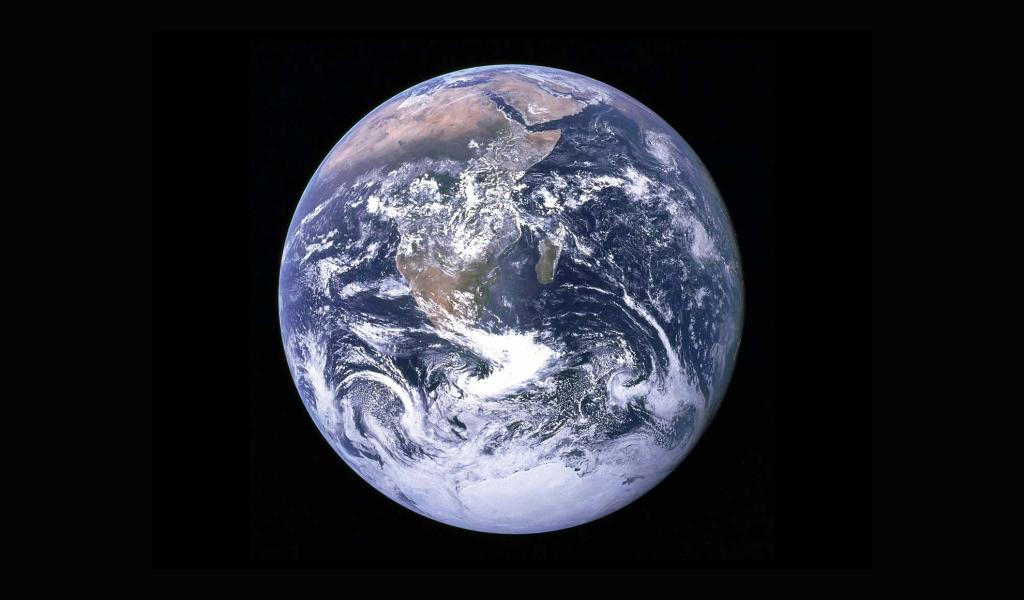News
Celebrating the Montreal Protocol: from Ozone Protection to Climate Action and Energy Efficiency

Thirty-eight years ago, on this very day, the Montreal Protocol was adopted, marking one of the most significant success stories of international environmental governance under the United Nations system. Adopted as the operational instrument of the Vienna Convention for the Protection of the Ozone Layer, signed in 1985, the Protocol was designed to phase out the production and consumption of ozone-depleting substances (ODS), including chlorofluorocarbons (CFCs) and hydrochlorofluorocarbons (HCFCs). These substances, widely used in refrigeration and cooling equipment as well as in foam production, industrial solvents, fire extinguishers, and aerosol propellants, were found to cause severe damage to the ozone layer, exposing populations to harmful ultraviolet radiation with direct impacts on human health, including increased risks of skin cancer and cataracts.
The Montreal Protocol’s impact has been remarkable. With universal ratification, strict controls on production and consumption, and measurable progress in ozone layer recovery, the agreement remains a landmark in multilateral environmental action. Between 1986 and 2016, production and consumption of ODS dropped by over 98 percent, enabling significant ozone recovery in critical areas such as the Antarctic region. The United Nations Secretary-General António Guterres described the Protocol as “an inspiring example that shows that, where political will prevails, there is little limit to what we can achieve in common cause”.
Beyond its immediate environmental objectives, the Montreal Protocol has also catalysed opportunities to enhance energy efficiency, particularly in the cooling sector. Historically, refrigeration and air conditioning technologies based on ODS were not only harmful to the ozone layer but also highly energy-intensive. The transition to alternative refrigerants under the Protocol opened the door for higher energy performance standards, enabling reductions in electricity consumption and greenhouse gas emissions while delivering climate-resilient, affordable, and energy-efficient cooling solutions.
A critical enabler of the transition has been the Multilateral Fund for the Implementation of the Montreal Protocol, established in 1991. The Fund provides financial and technical assistance to developing countries to help them meet Protocol obligations while adopting sustainable technologies. Over the years, it has supported thousands of projects across more than 140 countries, including training programs for refrigeration technicians, the creation of energy-efficient manufacturing capacities, and the introduction of alternative refrigerants with low global warming potential.
However, the transition away from CFCs and HCFCs brought a new climate challenge. The substitute gases, hydrofluorocarbons (HFCs), are safe for the ozone but are potent greenhouse gases, with a global warming potential thousands of times higher than carbon dioxide. Recognizing this, in October 2016, at the 28th Meeting of the Parties in Kigali, Rwanda, the Parties to the Montreal Protocol adopted the Kigali Amendment to phase down HFC production and consumption by more than 80 percent over 30 years. This measure is expected to prevent the equivalent of over 80 billion metric tons of CO₂ emissions by 2050 while continuing to protect the ozone layer, thereby aligning with the goals of the Paris Agreement. Under the Kigali Amendment, the Multilateral Fund continues to play a central role in supporting both compliance and the market transformation toward energy-efficient cooling.
Today, the Montreal Protocol stands not only as a model for successful environmental diplomacy but also as a catalyst for climate action, sustainable industrialization, and energy efficiency. Its legacy reaches beyond ozone protection, showing how environmental agreements can drive innovation, strengthen resilience, and deliver lasting benefits for people and the planet.
This video is dedicated to the Montreal Protocol and the Kigali Amendment and is part of the EELA E-learning platform. The platform offers self-paced, topic-specific videos to help individuals and institutions strengthen their understanding of energy efficiency. All resources are freely available, providing learners with practical knowledge and skills to advance energy efficiency in their work and communities.
Image above | Nasa via Unsplash